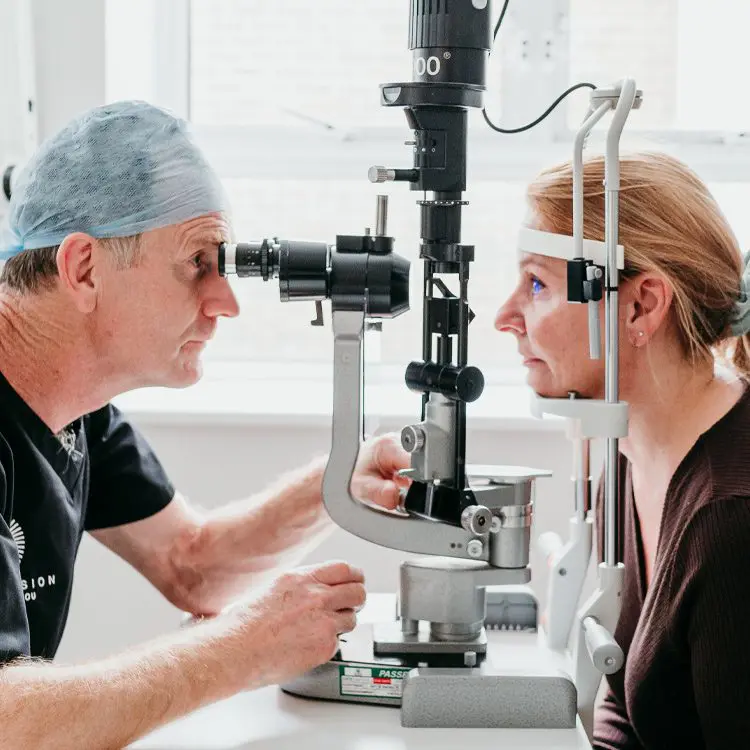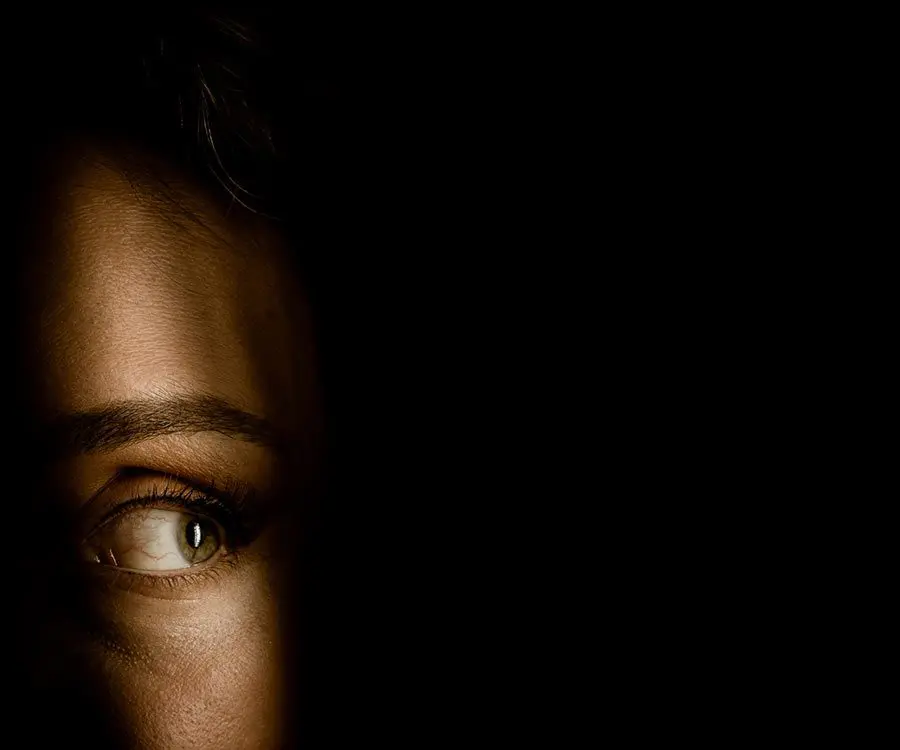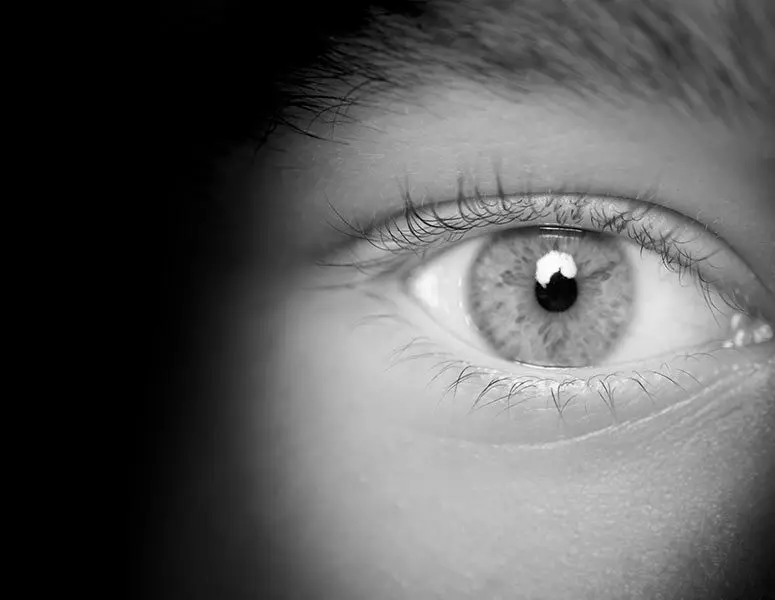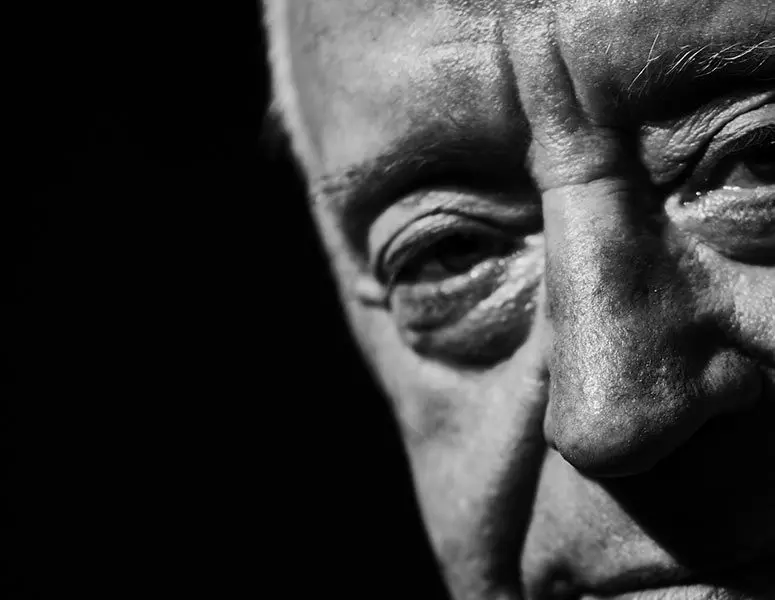- Retina

YAG Vitreolysis

- Treatment

- Retina
YAG Vitreolysis
YAG Vitreolysis is a non-invasive, pain-free laser procedure that can eliminate or greatly reduce the visual disturbance caused by floaters.
The main aim of YAG Vitreolysis is to achieve a functional improvement for patients so they can return to routine activities without the symptoms caused by shadows cast on the retina.
What are eye floaters?
Eye Floaters are derived from a body of clear-gel known as the vitreous.
Composed mainly of fluid and a small amount of collagen, the vitreous tissue is attached to the surface of the retina (light sensitive tissue) by fine fibres. Its purpose is to maintain the shape of our eye, act as a shock absorber and to allow the transmission of light. In early life, the vitreous is clear and transparent. However, with progressing age the vitreous shrinks; pulling the intertwining collagen fibres from the retina.
These fibres may eventually break, causing the vitreous to detach in a process known as Posterior Vitreous Detachment or PVD. Broken collagen fibres cast shadows on the retina and appear as spots, strings, or cobwebs that are commonly referred to as “floaters”. The majority of visual floaters will settle without any intervention. Unfortunately, some floaters can be particularly compromising either due to their size, number or position in the vision.

Laser Vitreolysis is a highly effective, outpatient-based procedure, which involves the use of a nano-pulsed YAG laser to vaporise vitreous strands and opacities.
Vitreolysis is well suited to the Weiss-ring type of floater caused by a PVD. Because these floaters are fibrous, they absorb the laser energy well and can be vaporised more efficiently. In addition, they are usually located safely away from the crystalline lens and the retina. However to ensure suitability for YAG vitreolysis treatment, it is necessary to undergo an ophthalmic examination.
The use of vitreolysis dates back to the eighties when Professor Aron Rosa, Paris, France, and Professor Franz Fankhauser, Berne, Switzerland, who were pioneers in the use of YAG lasers, published on their success with vitreolysis. Since then, clinical studies have shown vitreolysis to be an effective treatment approach, which offers a high degree of patient satisfaction. Despite these advantages, vitreolysis is generally not widely available.
Laser Vitreolysis is a highly effective, outpatient-based procedure, which involves the use of a nano-pulsed YAG laser to vaporise vitreous strands and opacities.
Vitreolysis is well suited to the Weiss-ring type of floater caused by a PVD. Because these floaters are fibrous, they absorb the laser energy well and can be vaporised more efficiently. In addition, they are usually located safely away from the crystalline lens and the retina. However to ensure suitability for YAG vitreolysis treatment, it is necessary to undergo an ophthalmic examination.
The use of vitreolysis dates back to the eighties when Professor Aron Rosa, Paris, France, and Professor Franz Fankhauser, Berne, Switzerland, who were pioneers in the use of YAG lasers, published on their success with vitreolysis. Since then, clinical studies have shown vitreolysis to be an effective treatment approach, which offers a high degree of patient satisfaction. Despite these advantages, vitreolysis is generally not widely available.

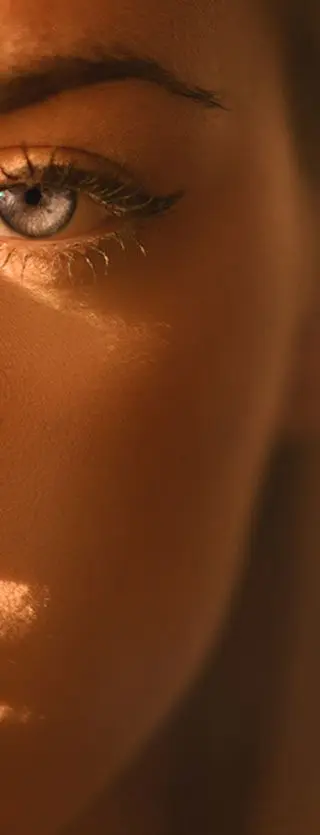
How is Laser Vitreolysis Performed?
- 1.Using a specialist contact lens, the YAG laser is focussed onto the front surface of the floater
- 2.The laser emits a short 3 nanosecond (0.000000003 seconds) burst of energy
- 3.Rather than fragment the floater, the laser energy converts collagen and hyaluronin molecules to a gas, which are then reabsorbed into the eye
- 4.The procedure is performed in an outpatient clinic
- 5.The procedure usually lasts between 20 and 30 minutes
- 6.A course of up to 3 treatment sessions, over a course of 4 - 6 weeks, may be required
